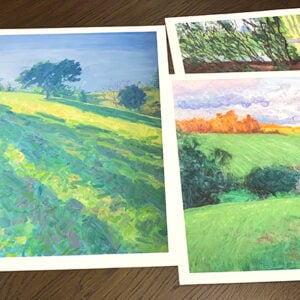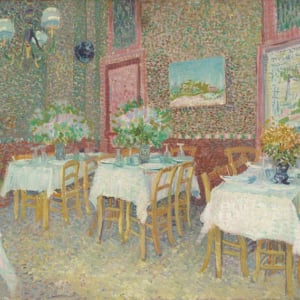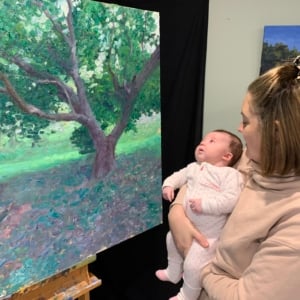Broken color is a wonderful technique. Done well and your colors will vibrate and shimmer. It can transform even the most basic of subjects. Take Monet’s haystack series for example.
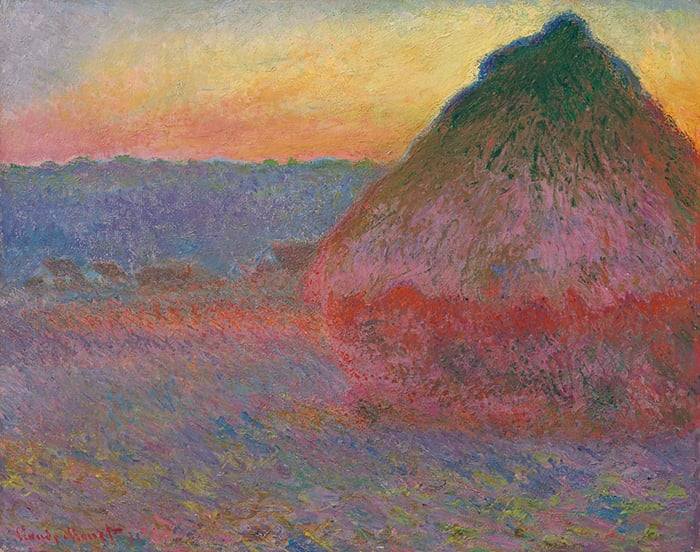
Let’s take a look at some of the techniques you can use to convey broken color.
The Multicoloured Brush Strokes
How to perform: Pick up a few colors with your brush and leave them particularly unmixed. This will create a dynamic, multicoloured stroke. Make sure your brush is fully loaded.
Perfect for: Nature and capturing the illusion of detail with minimal effort.
Downsides: Hard to predict the outcome of each stroke; potential for muddy colors; and hard to fix mistakes.

The Multicoloured Palette Knife Strokes
How to perform: Pick up a few colors with your knife and leave them particularly unmixed. Make sure the knife is well loaded with paint before each stroke.
Perfect for: Crisp strokes; reworking; and scraping.
Downsides: Can have a blunt appearance and requires a lot of paint.


The Scumble
How to perform: Pick up a small amount of paint with a dry brush and gently “scumble” the color over the surface. Monet did this in many of his paintings. You can also perform this with a palette knife, though it requires more care.
Perfect for: Highlights and atmospheric effects.
Downsides: Only effective in the later stages of a painting and hard to fix mistakes.


The Pointillist Approach
How to perform: Use a brush to apply small dabs of distinct color. You can use multicolored dabs for a more dramatic effect.
Perfect for: Optical color mixing; leaves and grass; easing the transition between different areas through the use of overlapping colors; and capturing the illusion of detail.
Downside: Comes at the expense of intricate drawing and fine rendering.



The Varied Approach
How to perform: Incorporate several of the above approaches together.
Perfect for: Large paintings that can accommodate a more varied approach.
Downside: Can make the painting appear disjointed.

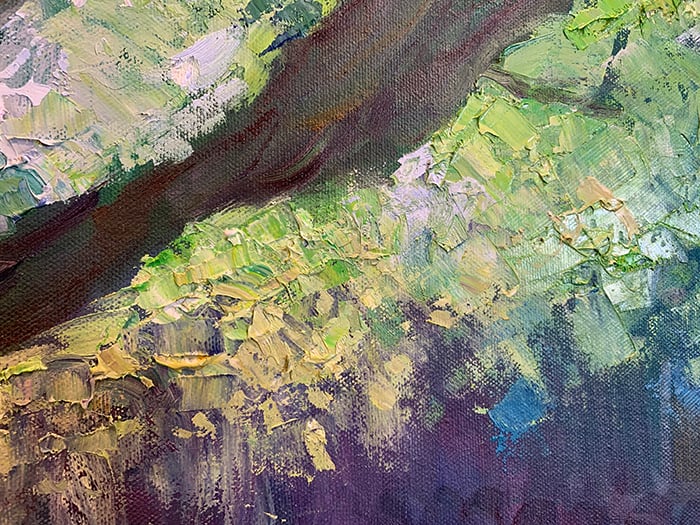
If you want to learn more, you should check out my Painting Academy course. I’ll walk you through the time-tested fundamentals of painting. It’s perfect for absolute beginner to intermediate painters.



